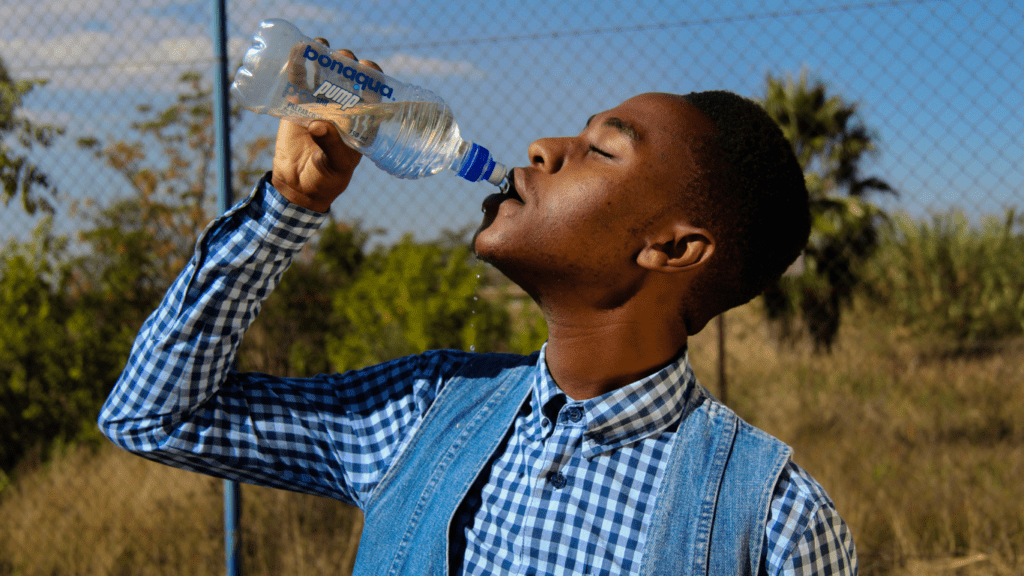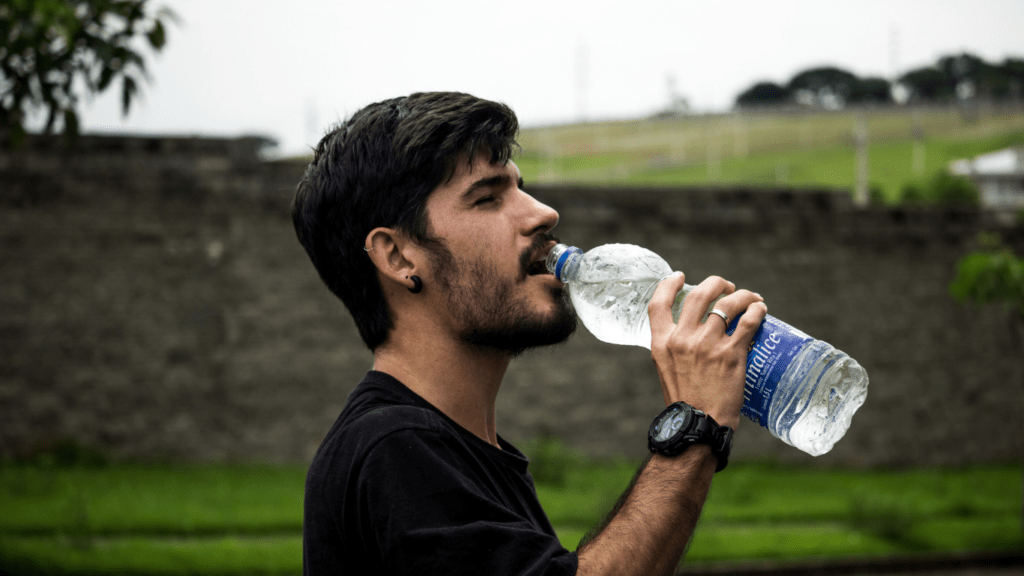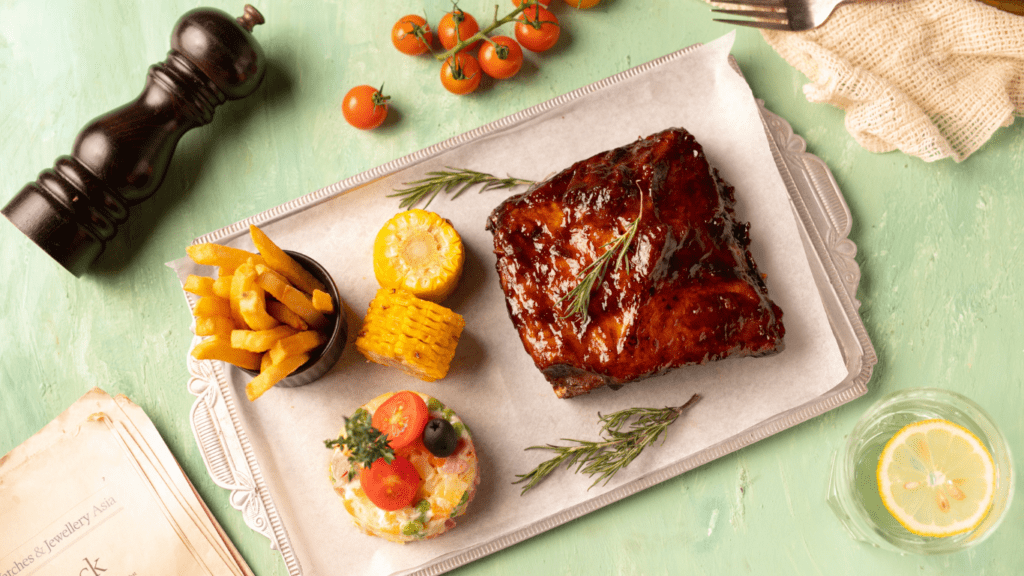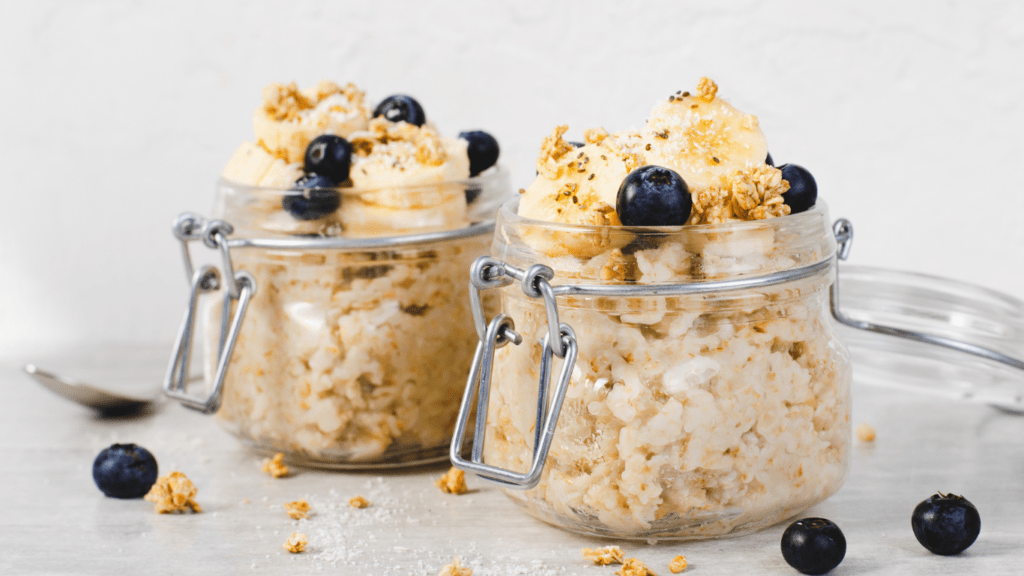The Importance of Hydration During Long Bike Rides
Hydration plays a critical role in maintaining energy and performance on long bike rides. Proper hydration involves more than just drinking water; it requires timing, electrolyte balance, and understanding your body’s needs.
Why Staying Hydrated Matters
Staying hydrated directly impacts your physical and mental performance. On long rides, your body loses fluids through sweat, which affects muscle function and endurance.
Proper hydration maintains blood volume, helping your heart pump efficiently and supply muscles with oxygen.
According to a study by the Journal of Applied Physiology, even a 2% loss in body weight due to dehydration can decrease performance by up to 10%. Proper hydration supports cognitive function, preventing fatigue and maintaining focus.
Dehydration Risks on Long Rides
- Dehydration poses significant risks during extended rides.
- As fluid levels drop, your body struggles to regulate temperature, increasing the risk of heat-related issues, such as heat exhaustion or heatstroke.
- Muscle cramps and dizziness become more frequent when the body lacks essential electrolytes.
- The Mayo Clinic notes that dehydration can lead to severe complications, including kidney problems and a drop in blood pressure.
- Recognizing early signs like dry mouth, dark urine, and decreased sweat can prevent these issues.
How Much Water Should You Drink?
Determining the right amount of water intake for long bike rides is vital for optimal performance and health. Timing, duration, and individual needs play a role in hydration.
Before the Ride
Hydrating before the ride sets the foundation. Drink 16-20 ounces of water about two hours before starting. This allows the body to absorb what it needs and gives time to expel any excess.
During the Ride
Maintain hydration by consuming small amounts regularly. Aim for 5-10 ounces every 15-20 minutes, adjusting based on sweat rate and weather conditions. For rides over 90 minutes, include electrolytes to replace lost minerals.
After the Ride
Replenish fluids post-ride to recover effectively. Drink 16-24 ounces of water for every pound lost during the ride. Combine water intake with a balanced meal to restore glycogen levels and promote muscle recovery.
Choosing the Right Hydration Equipment

Using the right hydration equipment ensures you stay hydrated throughout your ride.
Water Bottles vs. Hydration Packs
Water bottles and hydration packs both have pros and cons. Water bottles are easy to access, usually mounted on the bike frame, and ideal for shorter rides.
They typically hold up to 24 ounces per bottle. If you need more water, carrying two bottles can work.
Hydration packs, like CamelBaks, are more suitable for longer rides. These packs hold more water, often between 50-100 ounces, and make sipping more convenient with a hose.
They distribute the weight evenly, which can be more comfortable on extended journeys.
Tips on Carrying Additional Water
Bringing extra water is essential for long rides. One method is to use bottle cages that mount under the downtube or behind the saddle.
Another option is frame bags or handlebar bags that can carry collapsible water bottles. For rides in remote areas, purification tablets or lightweight filters can help you refill from natural water sources.
Packing electrolyte tablets or powders helps maintain electrolyte balance when adding water.
Electrolytes and Their Role in Hydration
Electrolytes are crucial for maintaining hydration during long bike rides. They balance fluids in the body, support muscle function, and prevent cramps.
Understanding Electrolyte Balance
Electrolytes like sodium, potassium, and magnesium balance fluids in our bodies. Sodium helps retain water, potassium regulates heartbeat, and magnesium aids muscle function. Losing these through sweat leads to imbalances, causing symptoms like fatigue, cramps, and dizziness.
Best Electrolyte Drinks for Cyclists
Choosing the right electrolyte drink ensures optimal hydration. Look for drinks containing a balance of sodium, potassium, and magnesium.
Popular options include:
- Gatorade: Contains sodium, potassium, and carbohydrates for energy.
- Nuun Sport: Low-calorie, includes essential electrolytes without added sugar.
- Skratch Labs Hydration Mix: Made with real fruit, provides a natural electrolyte balance.
- Tailwind Nutrition Endurance Fuel: Combines electrolytes and carbohydrates for long rides.
Each offers unique benefits, supporting different cycling needs. Always test drinks during training to find the best personal match.
Signs of Dehydration to Watch For
Cyclists must recognize dehydration signs to stay safe and maintain performance on long bike rides.
Early Signs and Symptoms
Early signs often include thirst and dry mouth. Feeling lightheaded or experiencing headaches can also indicate dehydration. Muscle cramps and dark urine are additional early indicators. Noticing these symptoms early helps prevent severe dehydration.
What to Do If You’re Dehydrated
Rehydrate by drinking fluids immediately. Water is crucial but consider electrolyte drinks containing sodium and potassium for better absorption.
\Take breaks in shaded areas to cool down. Eat foods with high water content like fruits. If symptoms persist, seek medical attention.

 I’m Brendamee McCartyierr, and as the founder of Cycle Smooth Ride Long, I'm thrilled to bring you the ultimate resource for all things cycling. Whether you're a seasoned rider or just starting on your cycling journey, our mission is to support your passion for two wheels with trusted advice, insightful reviews, and expert tips.
Cycling is more than just a hobby—it's a lifestyle that promotes health, freedom, and adventure. At Cycle Smooth Ride Long, we’re committed to making your ride smoother, longer, and more enjoyable by providing you with the latest in cycling news, nutrition advice, fitness tips, and gear reviews. We also cater to beginners, offering comprehensive guides to help you get started and build confidence on the road.
I’m Brendamee McCartyierr, and as the founder of Cycle Smooth Ride Long, I'm thrilled to bring you the ultimate resource for all things cycling. Whether you're a seasoned rider or just starting on your cycling journey, our mission is to support your passion for two wheels with trusted advice, insightful reviews, and expert tips.
Cycling is more than just a hobby—it's a lifestyle that promotes health, freedom, and adventure. At Cycle Smooth Ride Long, we’re committed to making your ride smoother, longer, and more enjoyable by providing you with the latest in cycling news, nutrition advice, fitness tips, and gear reviews. We also cater to beginners, offering comprehensive guides to help you get started and build confidence on the road.
